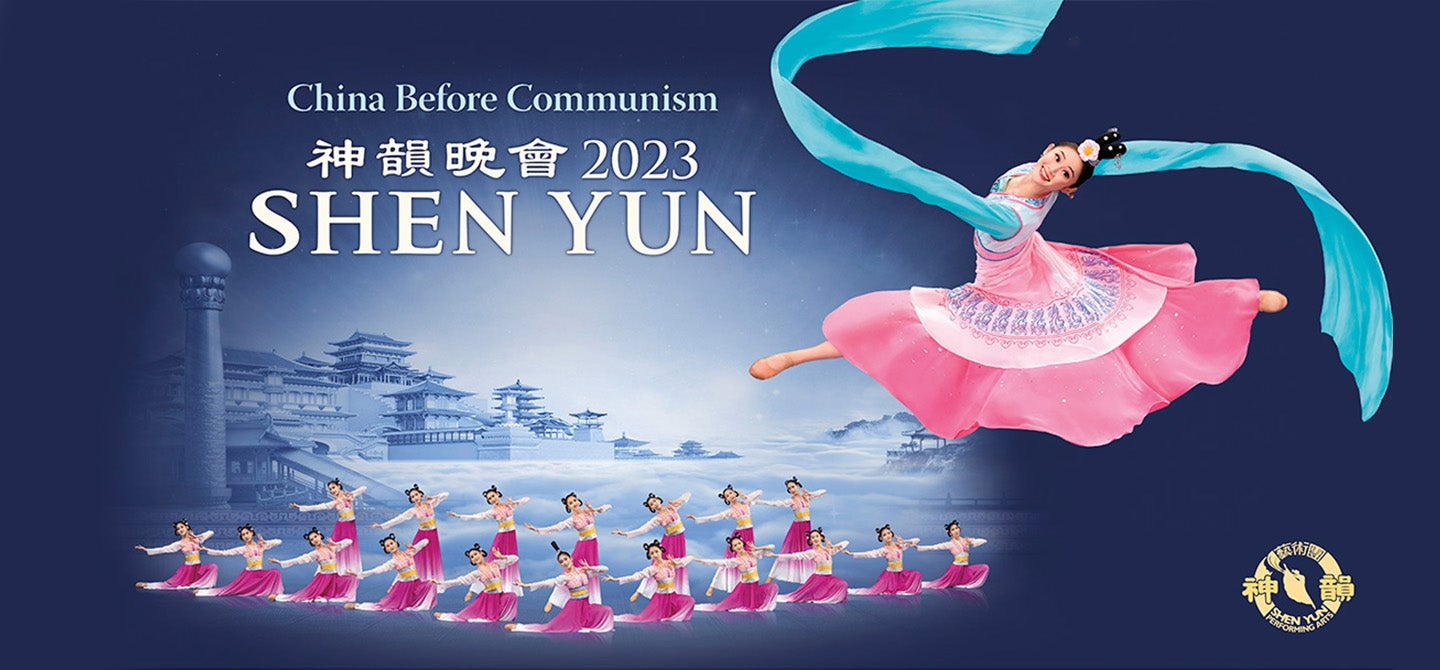The Justice Run 2024: The Short Version
I spent the weekend in Fort Worth. I signed up for the Justice Run for the 3rd Year in a row. Officially it’s a run along the Trinity River Corridor. Unofficially, it’s a fund raiser for victims of sex trafficking in its 4th year. The run gets bigger every year and the cause becomes more essential, as the number of kids trafficked increases exponentially. I'm happy to join the fight.
My marathon turned into a half marathon quickly.
The race is always on Saturday and this year was no
different. I took off work on Friday and drove to my brother’s home outside of
Fort Worth. My mom came along as well. My brother took me to the church on
Friday afternoon so I could pick up my race packet. They included tank tops
this year, which worked out well because of the heat. Mine was too big. Fortunately,
I’d prepared and brought one from home to wear instead. The temperature at the
start was in the low 60’s. A little warm for a marathon, but at least it wasn’t
delayed because of rain. Last year was wet and sloppy and we started
later to allow the water to absorb into the ground. About the only nice part of
running through a wet park, is the lack of pedestrians getting in the way.
This time the park was packed. That meant
strollers and bicyclists.
I knew the temperatures were going to climb once the sun
came out. The two previous days I made an effort to drink a lot of water for hydration.
I don’t think it’s the heat that did me in though. Whatever it was, I burned
out around the 11 mile mark and coasted in at the half way point. Sometimes preparation
is a waste of time. I’ve always thought the most important thing about preparing
for a marathon is getting the miles in. The diet and energy stuff is a close
second, but it’s anyone’s guess how you’ll feel in the moment.
It turns out this day wasn’t my day. I didn’t have enough in
the tank. My pistons weren't firing. My thermostat was in danger zone. My metaphors are wearing thin.
For whatever reason I couldn’t finish. It’s more accurate to say I didn’t want
to finish after feeling spent so early. My lack of energy after the first lap was
an indication that the last half was going to involve mostly walking. That’s
why I called it. The thought of walking 13 miles with an occasional short jog
was too painful to consider.
I did manage to meet a wonderful woman who ran with me for the
first 8 miles or so. We talked about everything from travel to politics. She
caught up to me a mile or so in and we ran side by side and chatted. We kept a similar
pace. Any faster and I wouldn’t have had the breath to talk for very long. She attends
Mercy Culture, the church that sponsors the run, and filled in some details
about the leadership. Normally I’m in my own world when I’m jogging.
Thankfully, her conversation made the early part of the run enjoyable.
The route was roughly the same as last year. The organizers
moved the event further down the river by a few hundred yards. It allowed them
to set up on a flat, dry parking lot with a spot for vendors inside a
warehouse. Apparently, it’s the location they’ve tried to get for the last 3
years. This year they made it a reality. They’re getting better at organizing the
run as well. I heard one person complain that he had to find a vendor with water
bottles once he’d finished the race. Normally you’re handed a water once you
cross the finish line. But there was plenty of water all around, you just
needed to go get it. For a small race I don’t think that’s the worst criticism.
The mission of the Justice Run is to raise money for victims
of sex trafficking. Mercy Culture Church is trying to build residences to house women
and children who’ve been rescued from the trade. Apparently, the neighborhood community
(nearby) opposes having the residences built there. But the land belongs to the
church; it’s a question of zoning. Does the current zoning law cover the church
or not? The building is on hold until the political stuff is sorted out. Sex trafficking
is one of those ugly, under the radar type of crimes that take place in astonishing
numbers. It’s a ministry whose time has come. I’m proud to support them.
As for the rest of the day, my brother grilled steaks for the family. It’s a tradition now in its 3rd year. I run, he cooks. Ostensibly a celebration of a grueling marathon, this year we had to amend it slightly. No one wanted to miss the steaks because I didn’t finish the race. We joked about cutting mine in half.
Whatever happened in the race, any excuse to be with family and
grill out is OK with me.
.heic)





